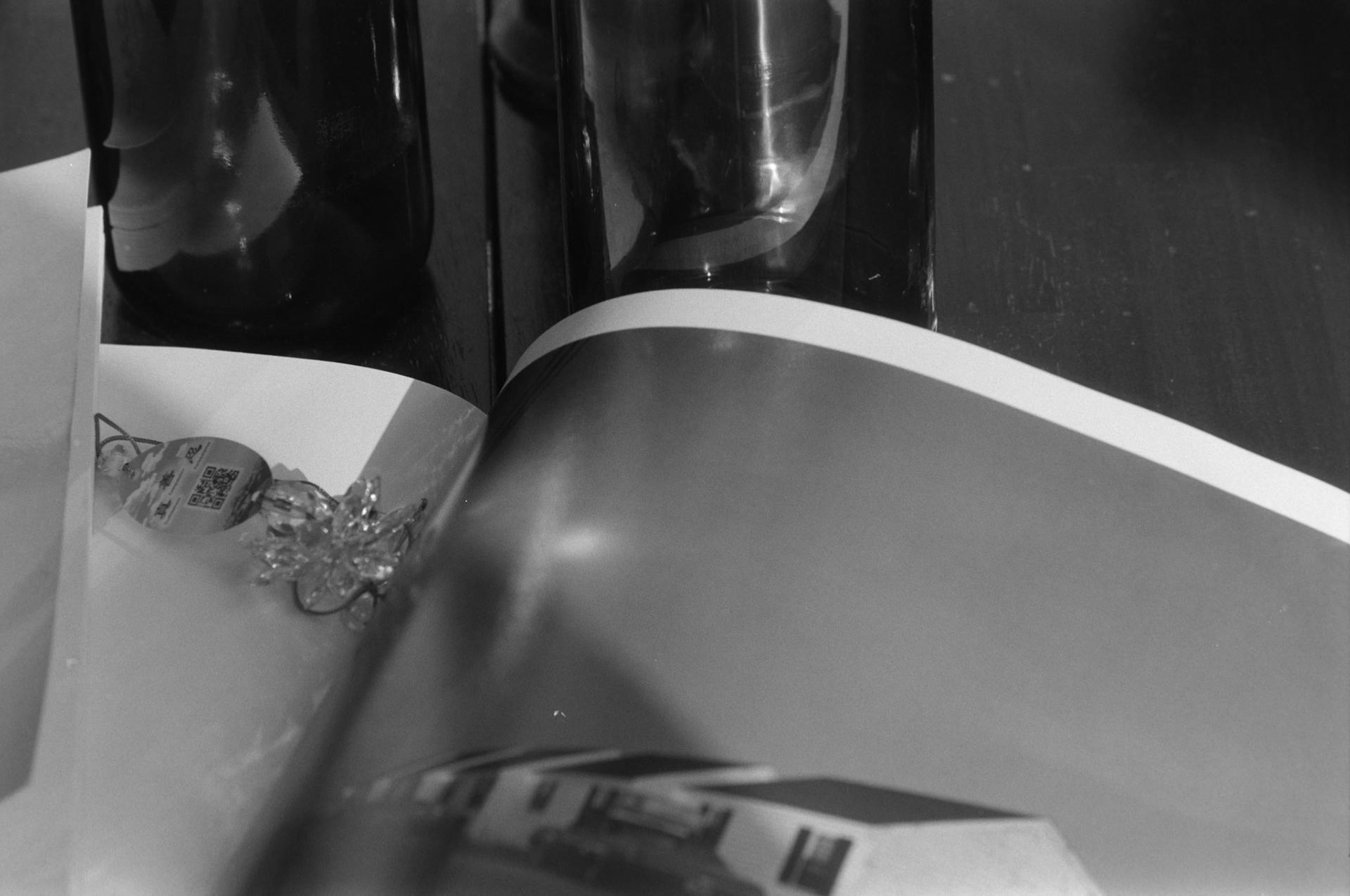
Negative Lab Pro v3.0.2 | Color Model: B+W | Pre-Sat: 4 | Tone Profile: Linear + Gamma | WB: None | LUT: Frontier

Negative Lab Pro v3.0.2 | Color Model: B+W | Pre-Sat: 4 | Tone Profile: Linear + Gamma | WB: None | LUT: Frontier

Negative Lab Pro v3.0.2 | Color Model: B+W | Pre-Sat: 4 | Tone Profile: Linear + Gamma | WB: None | LUT: Frontier

Negative Lab Pro v3.0.2 | Color Model: B+W | Pre-Sat: 4 | Tone Profile: Linear + Gamma | WB: None | LUT: Frontier

Negative Lab Pro v3.0.2 | Color Model: B+W | Pre-Sat: 4 | Tone Profile: Linear + Gamma | WB: None | LUT: Frontier

Negative Lab Pro v3.0.2 | Color Model: B+W | Pre-Sat: 4 | Tone Profile: Linear + Gamma | WB: None | LUT: Frontier

Negative Lab Pro v3.0.2 | Color Model: B+W | Pre-Sat: 4 | Tone Profile: Linear + Gamma | WB: None | LUT: Frontier

Negative Lab Pro v3.0.2 | Color Model: B+W | Pre-Sat: 4 | Tone Profile: Linear + Gamma | WB: None | LUT: Frontier

Negative Lab Pro v3.0.2 | Color Model: B+W | Pre-Sat: 4 | Tone Profile: Linear + Gamma | WB: None | LUT: Frontier

Negative Lab Pro v3.0.2 | Color Model: B+W | Pre-Sat: 4 | Tone Profile: Linear + Gamma | WB: None | LUT: Frontier

Negative Lab Pro v3.0.2 | Color Model: B+W | Pre-Sat: 4 | Tone Profile: Linear + Gamma | WB: None | LUT: Frontier

Negative Lab Pro v3.0.2 | Color Model: B+W | Pre-Sat: 4 | Tone Profile: Linear + Gamma | WB: None | LUT: Frontier














